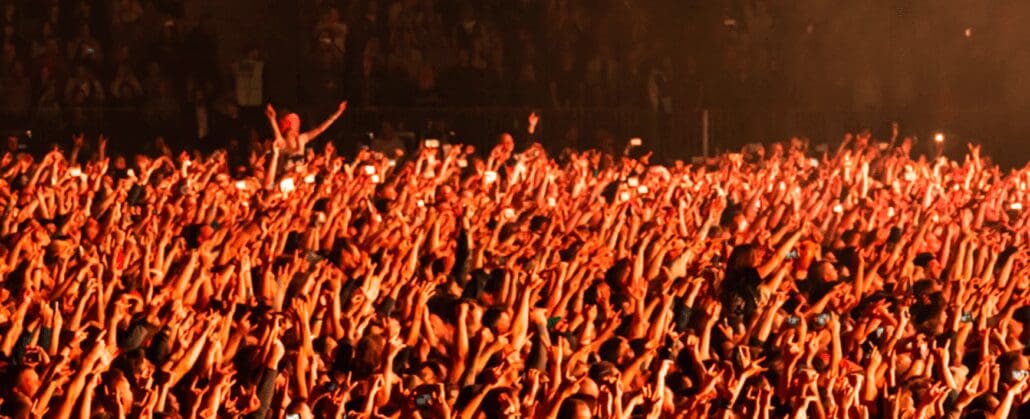Influencers and experts in the industry share their insights on trends and emerging changes.
What has been the biggest operational challenge(s) to the industry due to COVID-19?
- Like most hospitality related businesses, live entertainment venues rely almost exclusively on guests for revenue. With events eliminated, most venues are not generating revenue. The uncertainty of a restart makes short term and long term planning very challenging. Simply staffing an arena or stadium requires hundreds to thousands of employees. The uncertainty of the events makes any personnel decision very difficult.
What is an example of some of the greatest creativity you have seen by operators to address these challenges?
- The Atlanta Hawks and State Farm Arena became an official early voting location for all registered voters of Fulton County, GA. During any other year, that would have been impossible due to the NBA games, concerts, etc. A significant portion of their employees were trained and certified to be Poll Workers. Although short term, this engagement allows their organization to provide an amazing experience while having a live connection to staff during a time when many similar organizations have none.
What are the most common communication challenges for operational staff in sports and entertainment venues?
- Although there are exceptions, in many venues there are multiple communications systems in use at the same time. In its simplest form, some employees will carry a 2-way radio, some will rely on cell phone communication while many have no device at all. Getting a message to an executive could go from a verbal, to a radio call, to a cell call to maybe even a text. The accuracy and effectiveness can be greatly reduced.
What are the biggest problems or limitations that you see with traditional two-way radios?
- With a highly part time work force, training and communication etiquette on any 2-way or cellular communication system can be difficult for many venues. A good training program and patient supervisors can help mitigate the issues, but the reality is most part time employees do not have great 2-way experience. The overall system design and capacity can also contribute to the challenges. Unlike a phone call or a text, most traditional 2-way systems are not capable of tracking and documenting your radio traffic.
“Sports & Entertainment venues have always adapted well to change. Whether its new safety & security measures, technology or simply the evolution of the event attendees’ expectations, venues seek creative measures to make the transitions feel natural and unobtrusive as possible.”
Please share 2-3 operational adjustments that you see as more permanent changes to large venue operations in the future?
- The nature of a venues’ live event offerings will always require a significant number of employees be present. However, just like many other industries, the non-event related activities can be performed remotely. Traditionally, venue management staff have reported to the venues for face-to-face production meetings, budget meetings and other gatherings. With many of these taking place on non-event days, venues may adjust and allow a bit more flexibility to work from home windows. Businesses have become quite confident relying on technology for virtual meetings. I envision venues will be able to do the same.
- Venue operators have not had many opportunities to implement adjustments since they have been closed to the public. Prior to COVID-19, some venues were already planning and implementing frictionless consumer interactions at places such as concessions. The value of self-serve packaged food & beverage options was already attractive in certain conditions pre-COVID-19. We’ve all seen the adjustments in the restaurant industry with more curbside pickup, contactless delivery and modified drive thru offerings. I see frictionless offerings at Sports & Entertainment venues evolving as well.
Do you see there being a return to normal or an adaptation to the ‘new normal’?
- Sports & Entertainment venues have always adapted well to change. Whether its new safety & security measures, technology or simply the evolution of the event attendees’ expectations, venues seek creative measures to make the transitions feel natural and unobtrusive as possible. While it is impossible to predict what will be implemented, venues will find ways to make any necessary changes feel as normal as possible.
